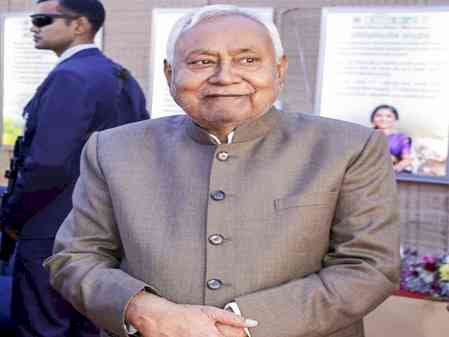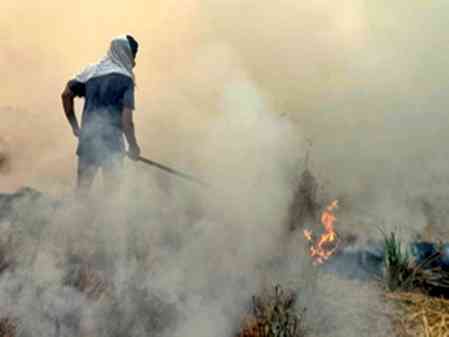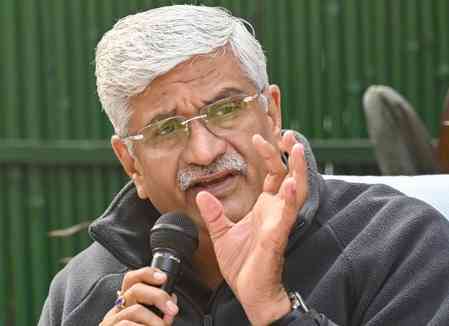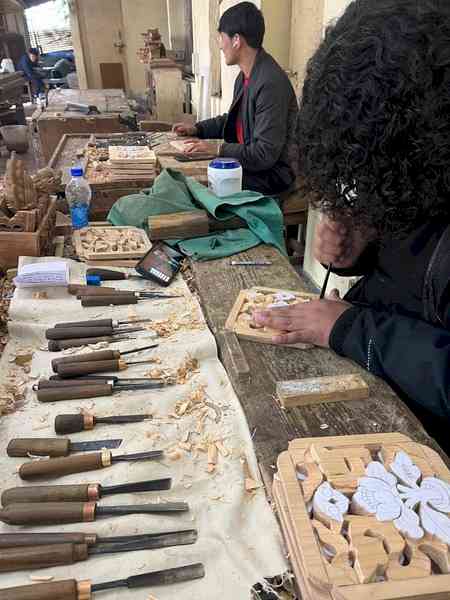Nose for news in journalism
The news industry is constantly evolving, and one of the most important aspects of journalism is the ability to find and develop new stories. Many journalists refer to this ability as having a "nose for news." In this article, we will discuss what having a nose for news means and how journalists can develop this critical skill.

The news industry is constantly evolving, and one of the most important aspects of journalism is the ability to find and develop new stories. Many journalists refer to this ability as having a "nose for news." In this article, we will discuss what having a nose for news means and how journalists can develop this critical skill.
What is a Nose for News?
A nose for news refers to a journalist's ability to identify and develop stories that are newsworthy. It involves having an intuition or sixth sense about what is important and worth reporting on, even if it is not immediately obvious. This intuition is based on a combination of experience, knowledge, and an ability to identify patterns and trends.
Journalists with a nose for news are able to identify stories that are important, relevant, and timely. They are also able to develop those stories in a way that is interesting, informative, and engaging to their audience. This skill is especially important in a world where news is available 24/7 and the competition for attention is fierce.
How to Develop a Nose for News
Developing a nose for news is a critical skill for any journalist. Here are some tips to help you improve your ability to identify and develop newsworthy stories:
1. Read widely
One of the best ways to develop a nose for news is to read widely. Read newspapers, magazines, and online news sources from a variety of perspectives. This will help you stay informed about what is happening in the world and identify patterns and trends that may not be immediately obvious.
2. Stay curious
Journalists with a nose for news are naturally curious. They ask questions and seek out information that others may not be aware of. Cultivate your curiosity by being open-minded and willing to explore new ideas and perspectives.
3. Build your network
Networking is an important part of developing a nose for news. Build relationships with people in your community, industry, or niche. This will help you stay informed about what is happening and identify potential stories.
4. Keep an eye on social media
Social media can be a valuable tool for identifying breaking news and emerging trends. Follow influencers, experts, and organizations in your industry or niche. Monitor trending hashtags and topics to identify potential story ideas.
5. Identify gaps in coverage
Journalists with a nose for news are always looking for gaps in coverage. They identify areas where there is little or no reporting and look for opportunities to fill those gaps. This can be a great way to uncover stories that others may not be aware of.
6. Pay attention to your instincts
Finally, trust your instincts. If you have a feeling that something is newsworthy, pursue it. Don't be afraid to take risks or explore unconventional ideas. Some of the best stories come from unexpected places.
In conclusion, having a nose for news is a critical skill for any journalist. It involves being able to identify and develop stories that are newsworthy and relevant. To develop this skill, journalists should read widely, stay curious, build their network, keep an eye on social media, identify gaps in coverage, and trust their instincts. By following these tips, journalists can improve their ability to identify and develop newsworthy stories and stay ahead of the competition.


 City Air News
City Air News 









